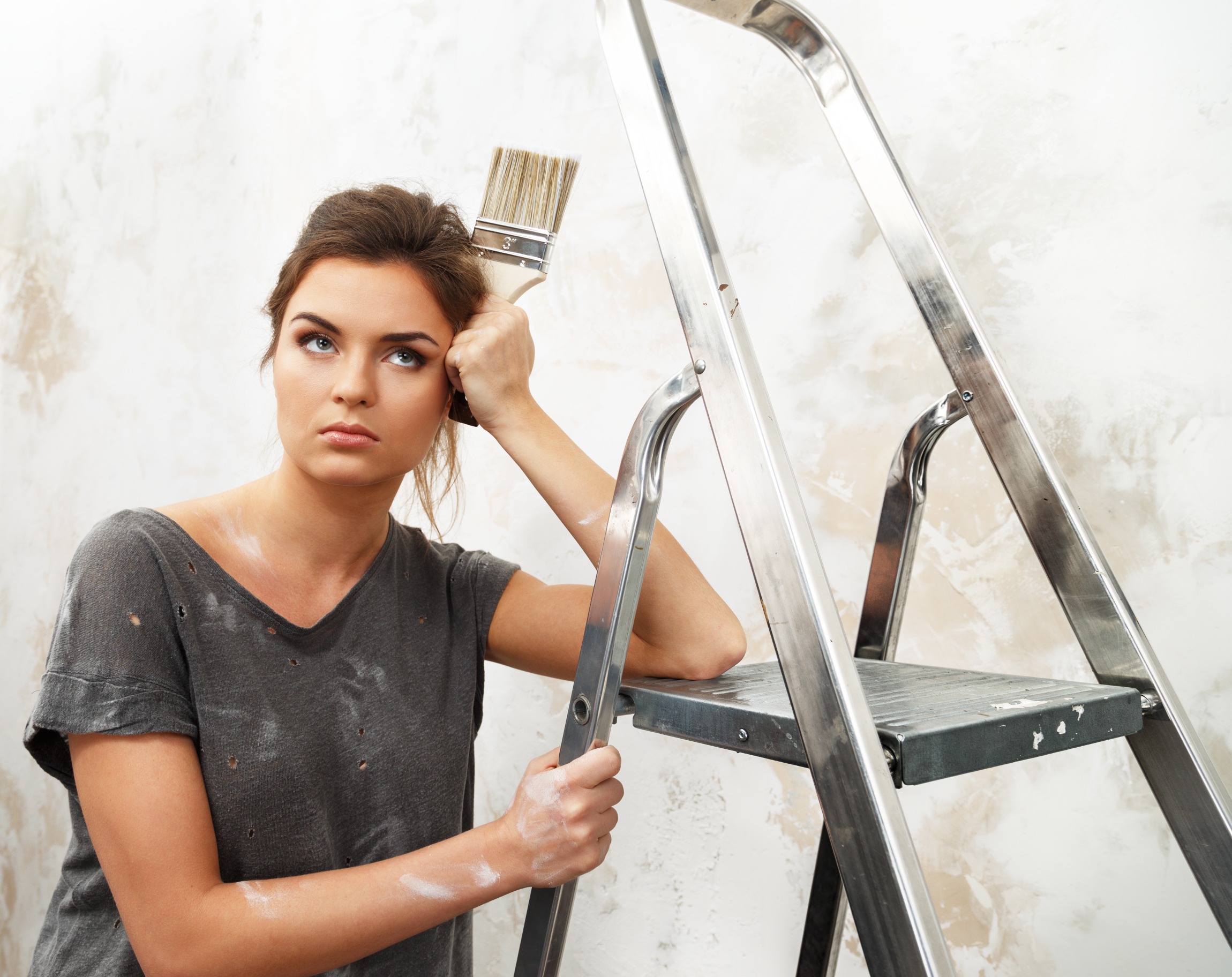
123rf
In the fast-paced world of home decor, what’s hot today can quickly become not tomorrow. Jumping on the latest home improvement trend might seem like a great idea at the moment, but some choices can lead to buyer’s remorse down the line. Whether it’s impractical designs or overly bold style choices, let’s walk through 11 home improvement trends that might have you saying, “What was I thinking?” in a few years.
1. Ultra-Complicated Technology
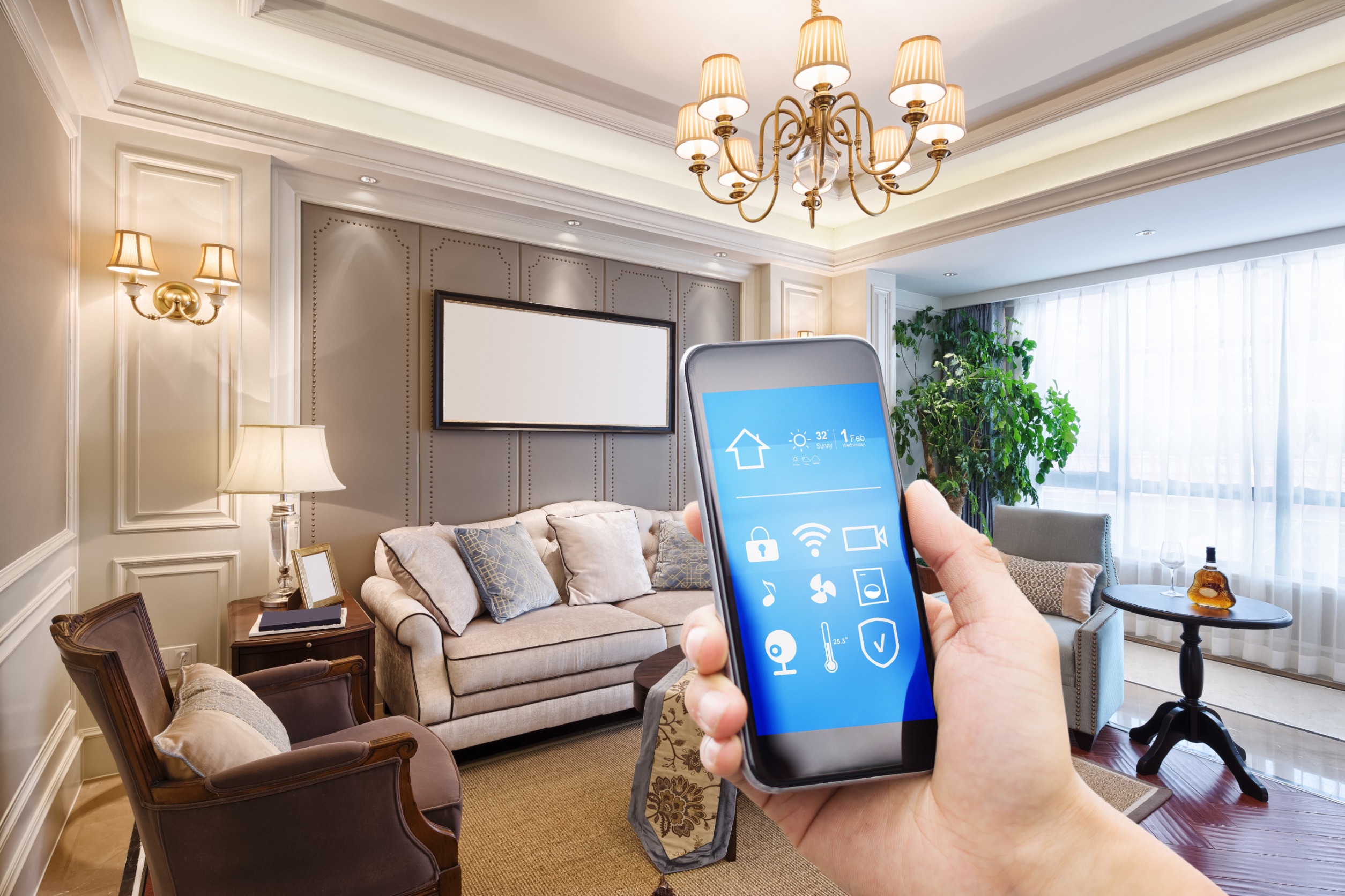
123rf
Smart homes are in, but overly complicated systems could be out. While integrating technology into your home is cutting-edge, too much tech can be overwhelming. Think twice before wiring every light and sound with a complex system that could be obsolete in a few years or difficult for the next homeowner to love. Plus, if the technology fails, you could be left with a headache-inducing repair job. Simplicity often ages more gracefully in the tech world.
2. Over-The-Top Wallpaper
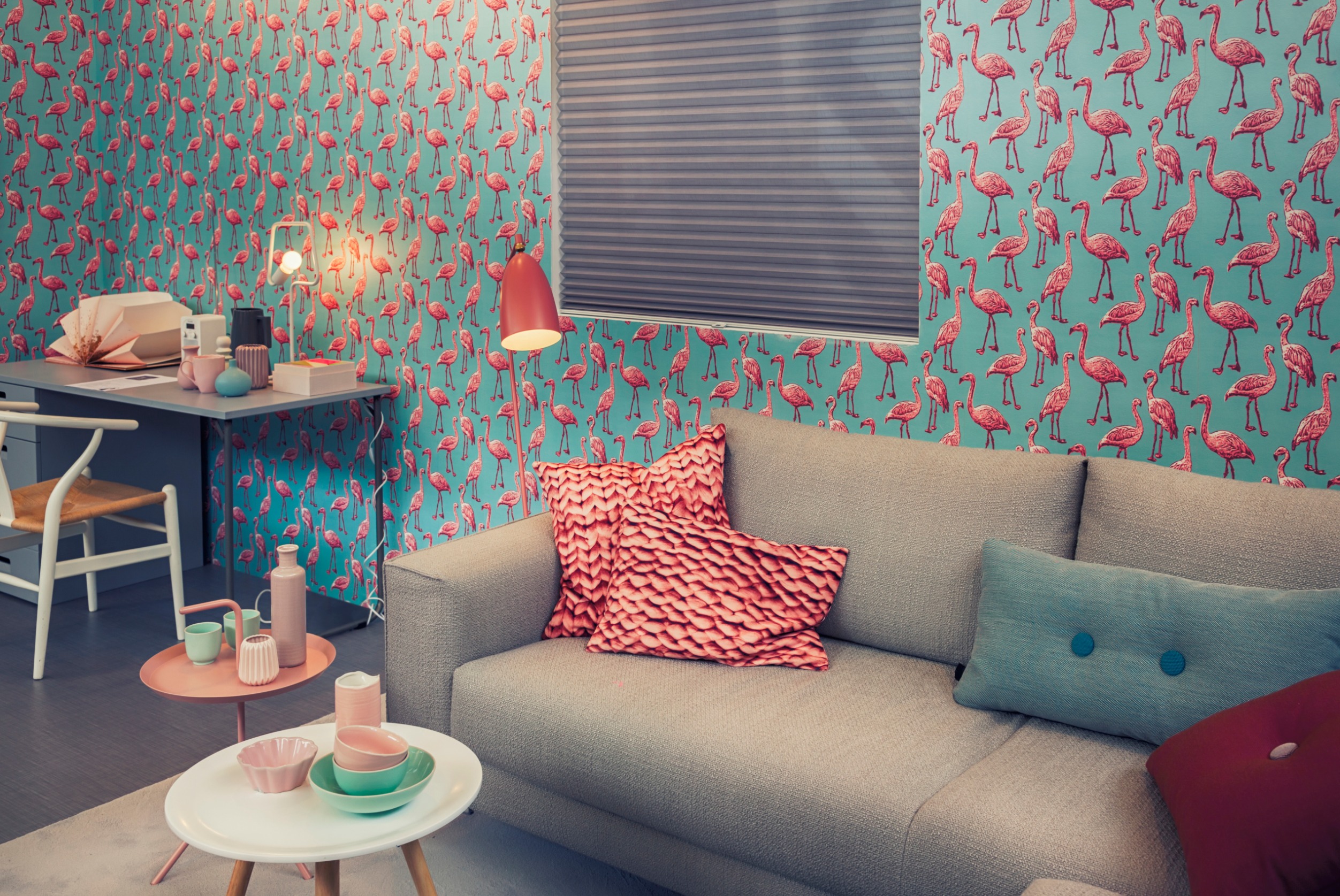
123rf
Bold, busy wallpaper might capture your heart today, but it can quickly wear out its welcome. Patterns that are overly loud can make a room feel smaller and more cluttered. They can also be a nightmare to remove when you decide it’s time for a change. If you’re drawn to patterns, consider using them on accent pieces or a single focal wall instead. This way, you can enjoy the trend without committing to a labor-intensive redo later.
3. Excessive Open Shelving
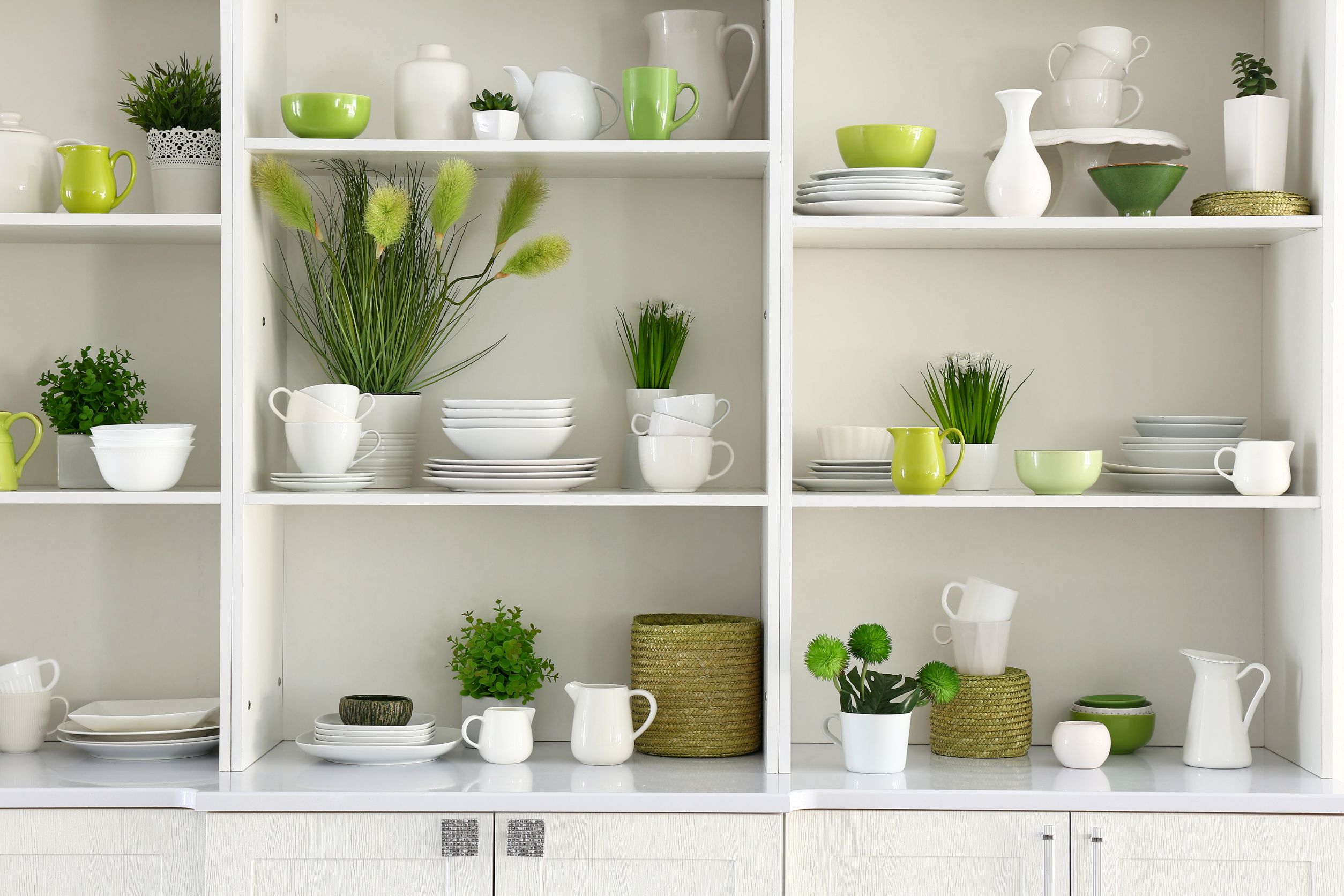
Canva
Open shelving has stormed the design scene, offering a chic, airy look. However, it demands constant organization and cleaning. If your daily life doesn’t allow time to keep everything meticulously arranged, this trend can turn your space into a cluttered mess. Plus, open shelves in kitchens collect dust and grease, making them harder to maintain. They’re beautiful when styled right but can be impractical for many.
4. Barn Doors
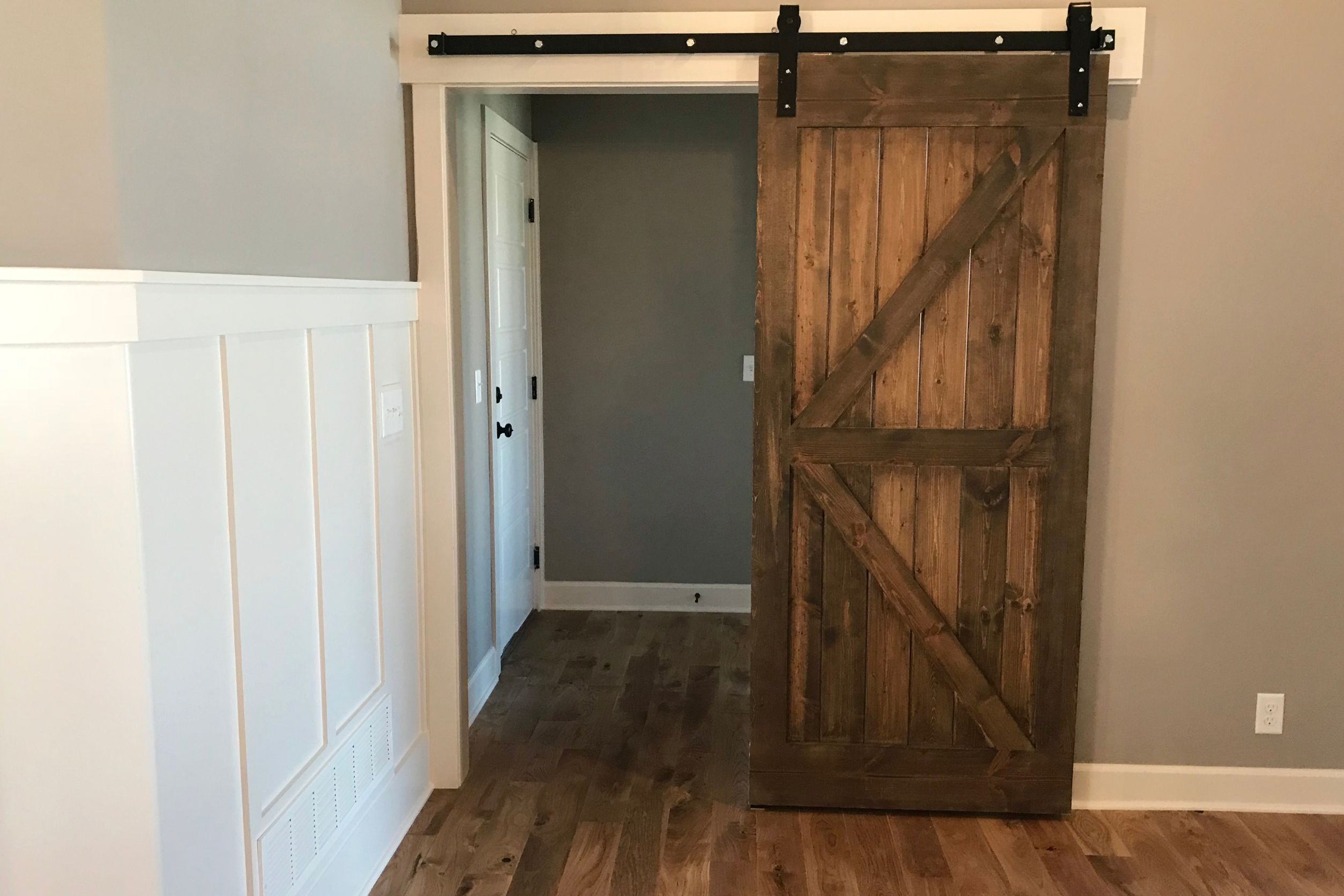
Canva
Barn doors can add a charming, rustic touch when used correctly, but they aren’t always practical. They don’t seal off rooms as well as traditional doors, meaning privacy and noise control can be compromised. They also require sufficient wall space on one side to slide, which limits their use in smaller rooms. While attractive, think about whether their functionality matches your living needs before installing. Otherwise, they might just be a passing fancy.
5. All-White Everything
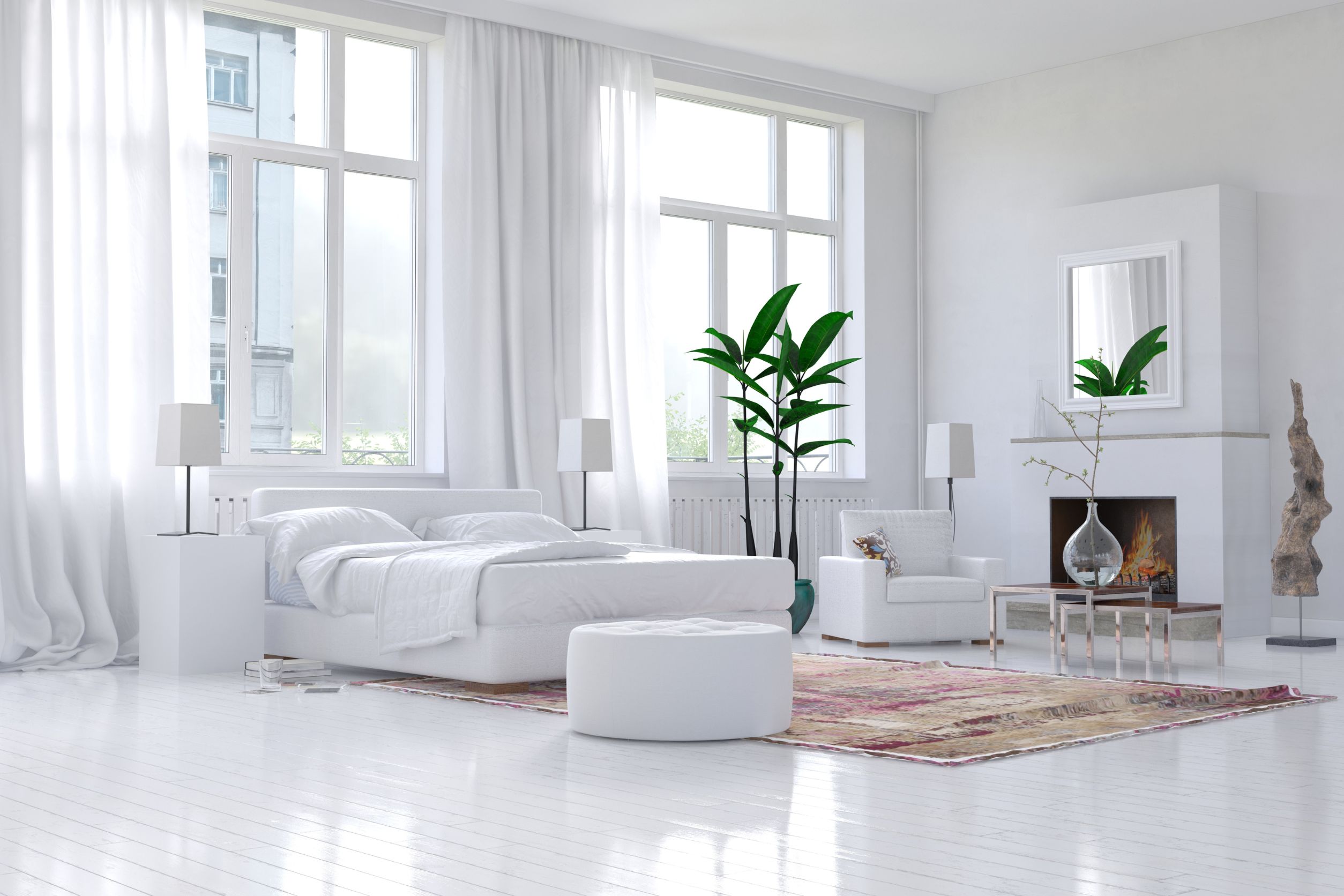
Canva
The all-white aesthetic is sleek and modern but can be incredibly hard to maintain. Every smudge, scratch, and speck of dirt is visible against a stark white backdrop. This trend also lacks warmth and can make a space feel cold and uninviting. If you love the clean look, try mixing in some warm tones or textures to balance out the sterility. It’s a trend that requires a lot of upkeep and is a perfect match for very tidy individuals.
6. Industrial Overload
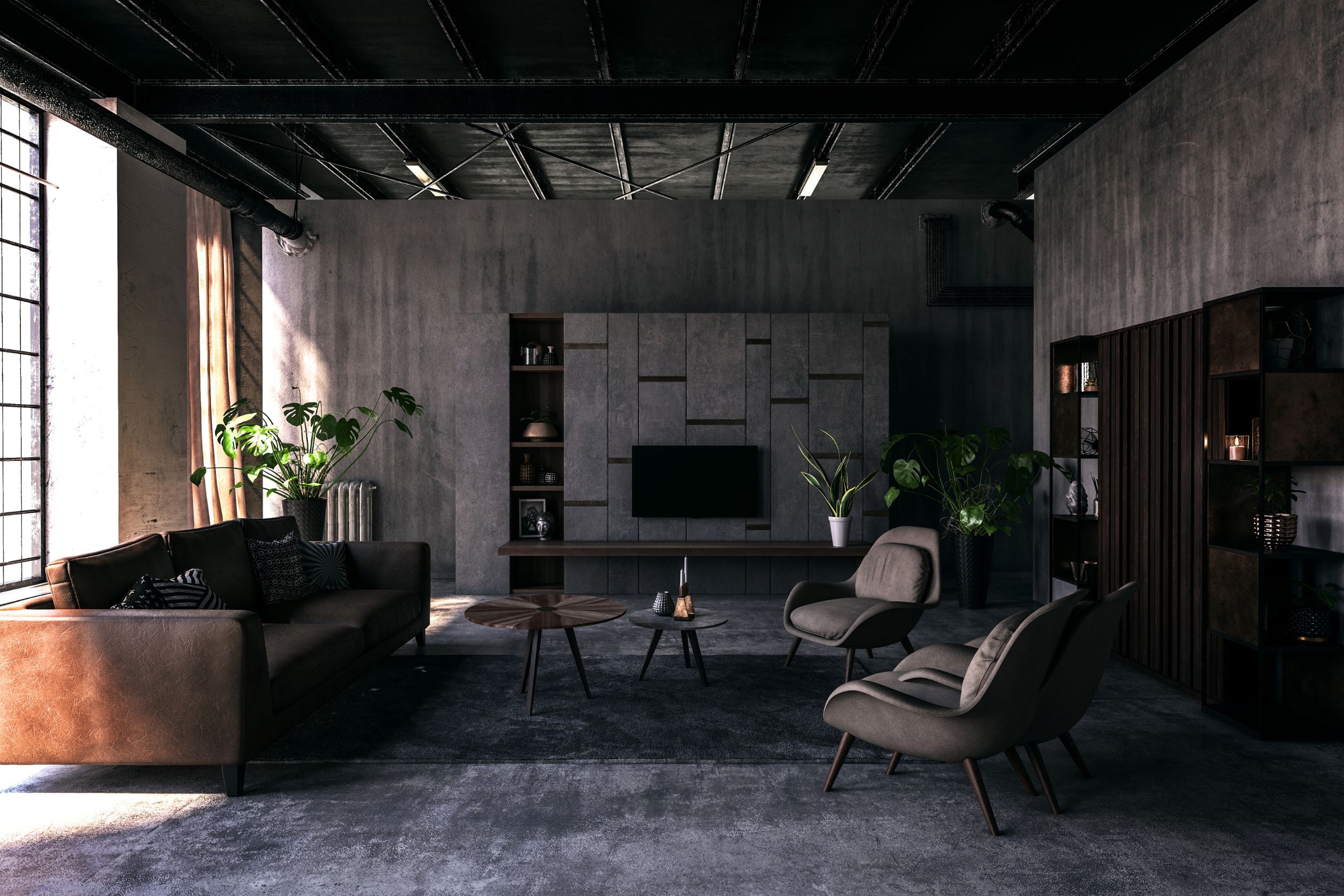
Canva
While industrial design elements can bring an edgy, contemporary vibe, too much can feel cold and unwelcoming. Exposed pipes and ducts, concrete floors, and metal fixtures are great in moderation but can make a home feel more like a warehouse. To avoid this, mix industrial elements with softer textures and warmer colors to create a balanced, homey feel. This way, you get the cool factor without the starkness. Remember, a home should feel like a home, not a factory.
7. Tiny Home Offices
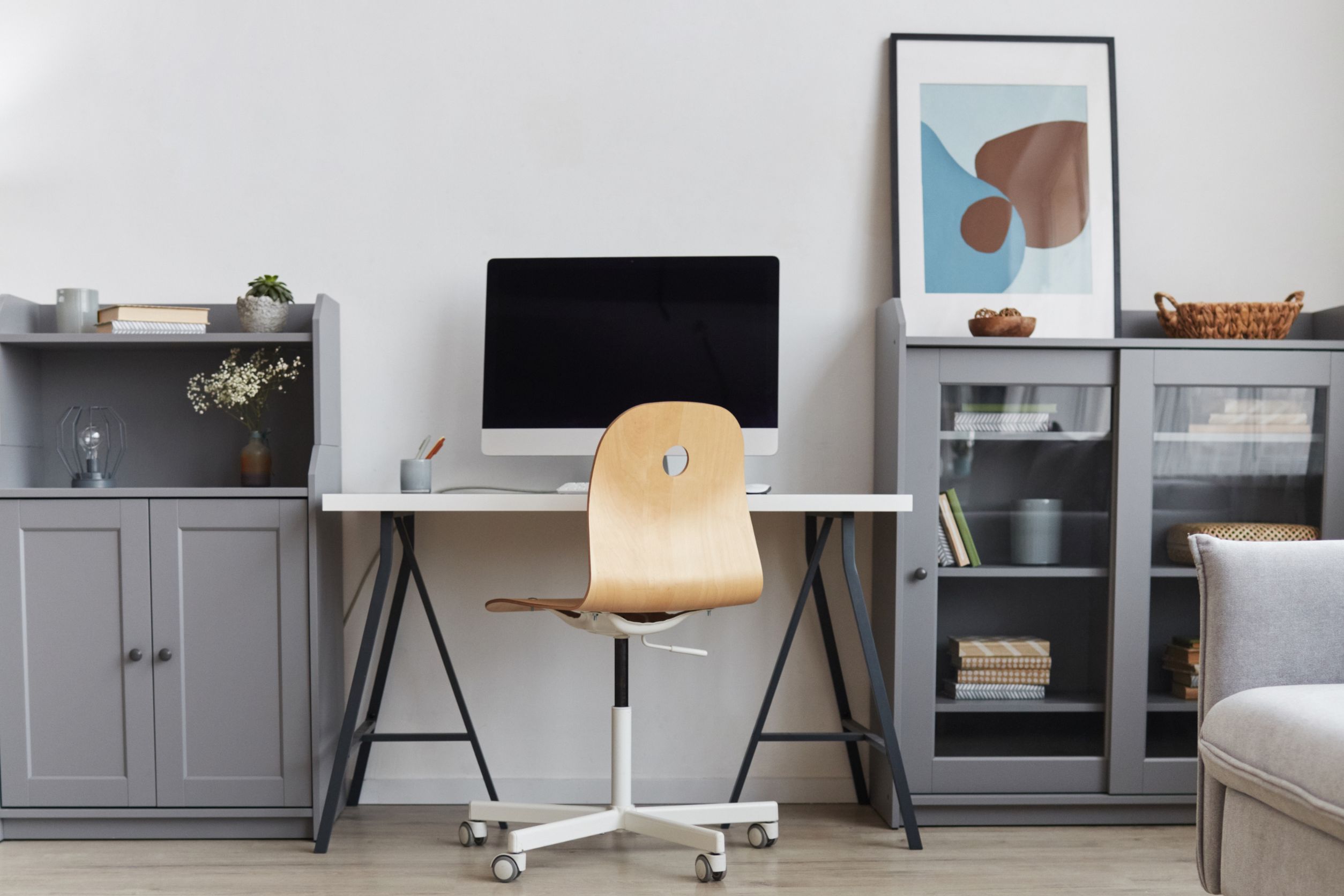
Canva
With more people working from home, tiny offices have become a trend. However, squeezing a workspace into a too-small area can hinder productivity and quickly feel cramped. If you’re dedicating space to a home office, make sure it’s adequate to comfortably accommodate your work needs. It’s better to convert a larger area than regret a small, insufficient space. Effective home offices need room to breathe!
8. Overly Themed Rooms
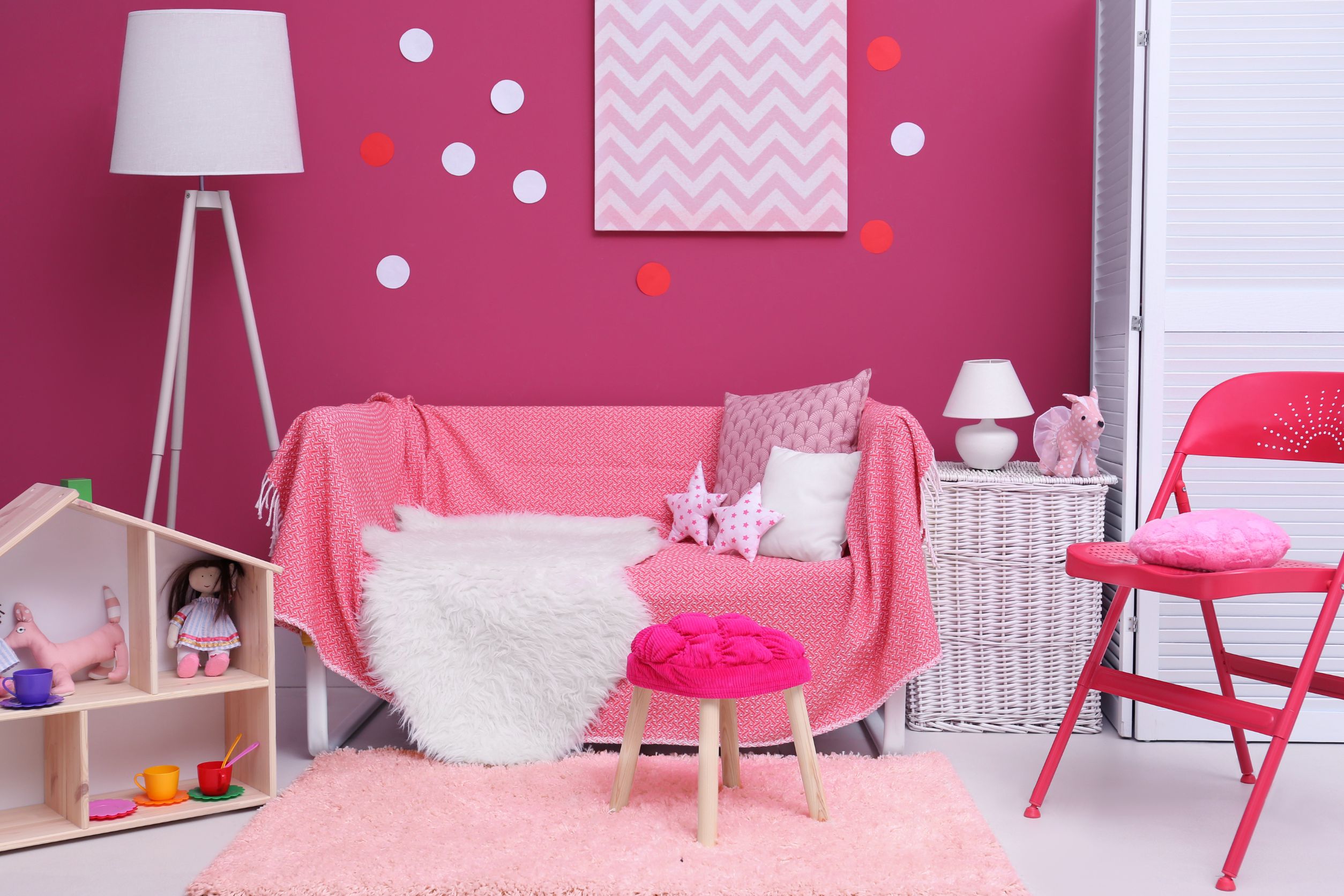
Canva
Themed rooms can be fun but often don’t age well. Whether it’s a nautical bedroom or a cinema-style living room, these spaces can quickly become dated or kitschy. If you love a theme, incorporate elements subtly rather than letting them take over the room. This way, you can enjoy your interests without committing to a design that might feel out of place in the future. Themes are best when they’re a nod, not a shout.
9. Mirrored Furniture
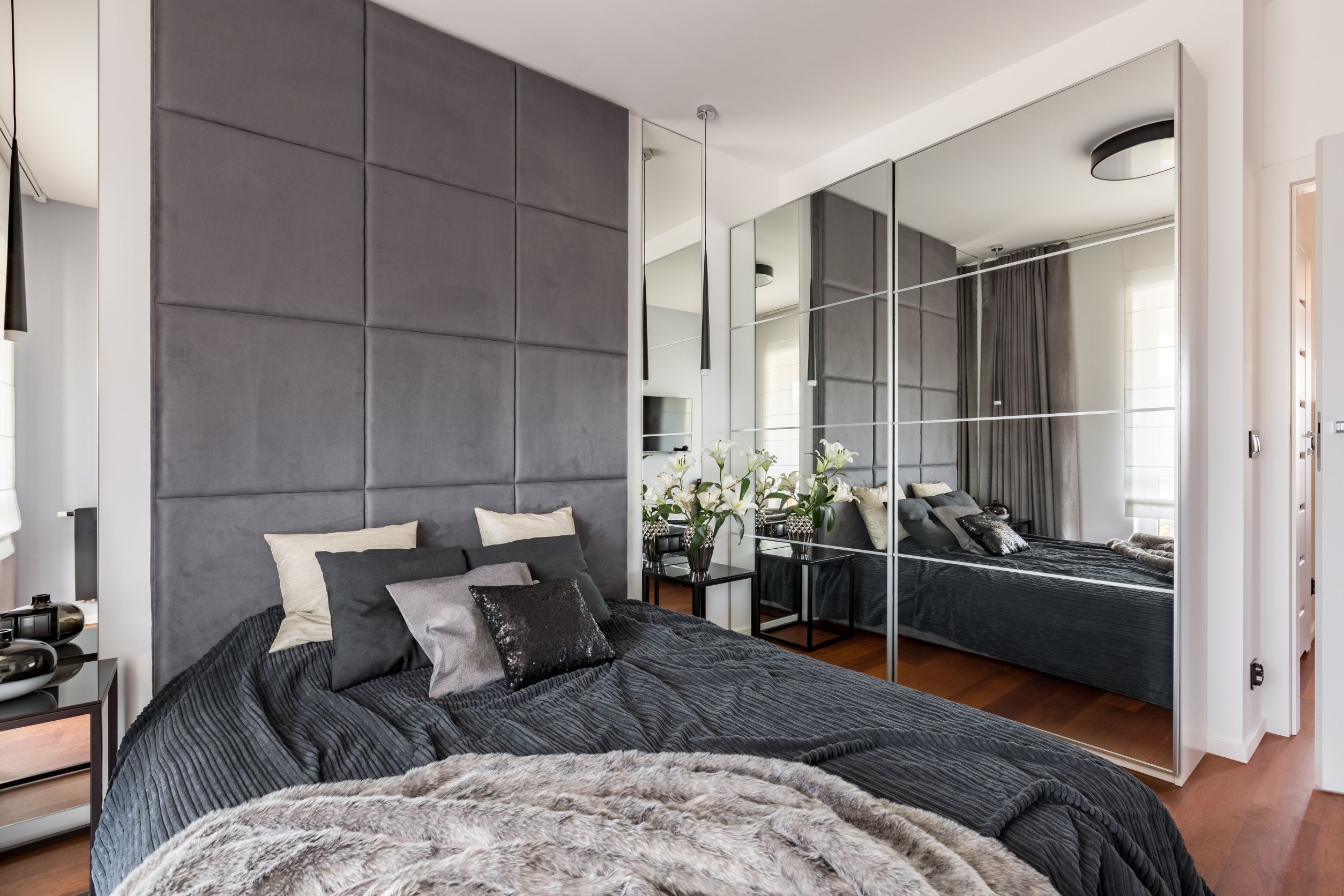
Canva
Mirrored furniture can add a touch of glamour, but it also attracts fingerprints and dust like a magnet. This furniture requires constant cleaning to keep it looking good. It also runs the risk of looking dated very quickly as its popularity peaks and troughs dramatically. If you’re drawn to the reflective look, try incorporating mirrors in smaller decor items instead. This provides the sparkle without the high maintenance.
10. Single-Use Spaces
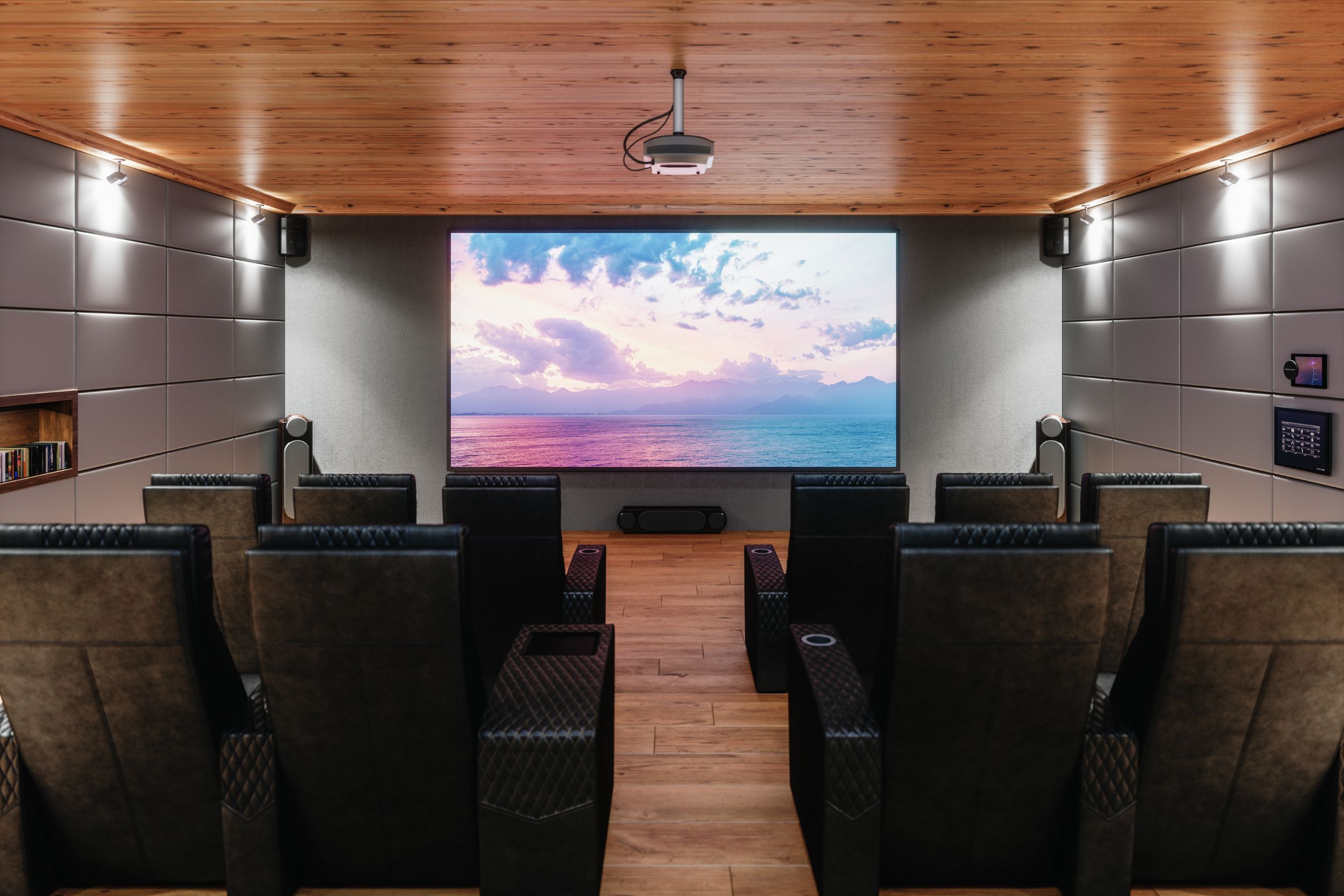
Canva
Creating rooms dedicated to a single purpose, like a home cinema or a gym, might seem appealing but often leads to underutilization. These spaces can also be a turn-off for future buyers who may not share your
interests. Instead, aim for multi-functional spaces that can adapt to various needs over time. This flexibility can make your home more appealing to a broader audience and more practical for your own use.
11. Minimalist Extremes
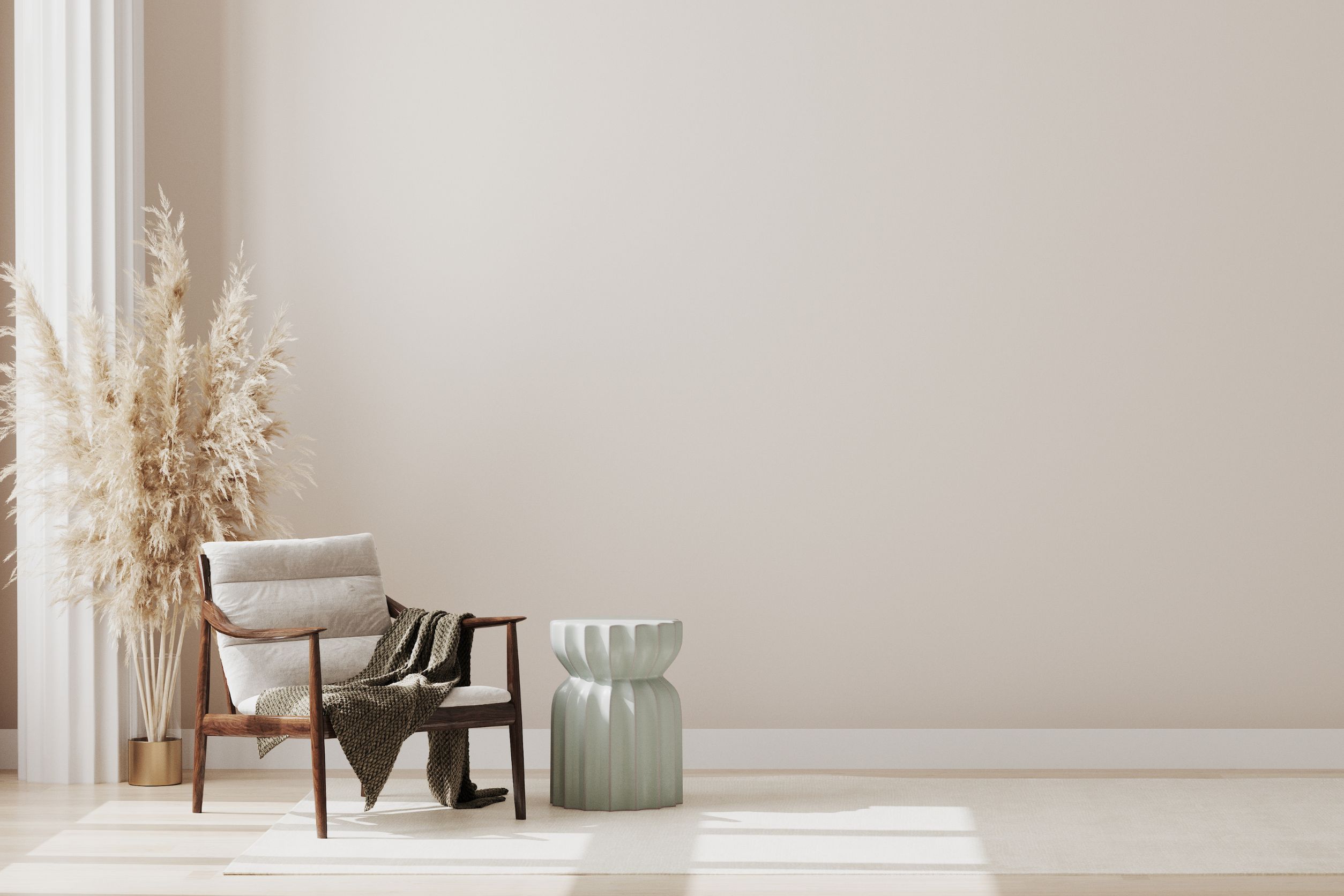
Canva
Minimalism is beautiful and calming, but an extreme minimalist look can make a home feel uninhabited and unwelcoming. It’s important to strike a balance between uncluttered spaces and a lived-in feel. Too little in a room can echo and feel stark, while the right amount of decor can make it warm and inviting. Consider the practicalities of minimalist living before stripping everything back. A home should be a place of comfort, not just a showcase.
Future-Proof Your Home Improvements
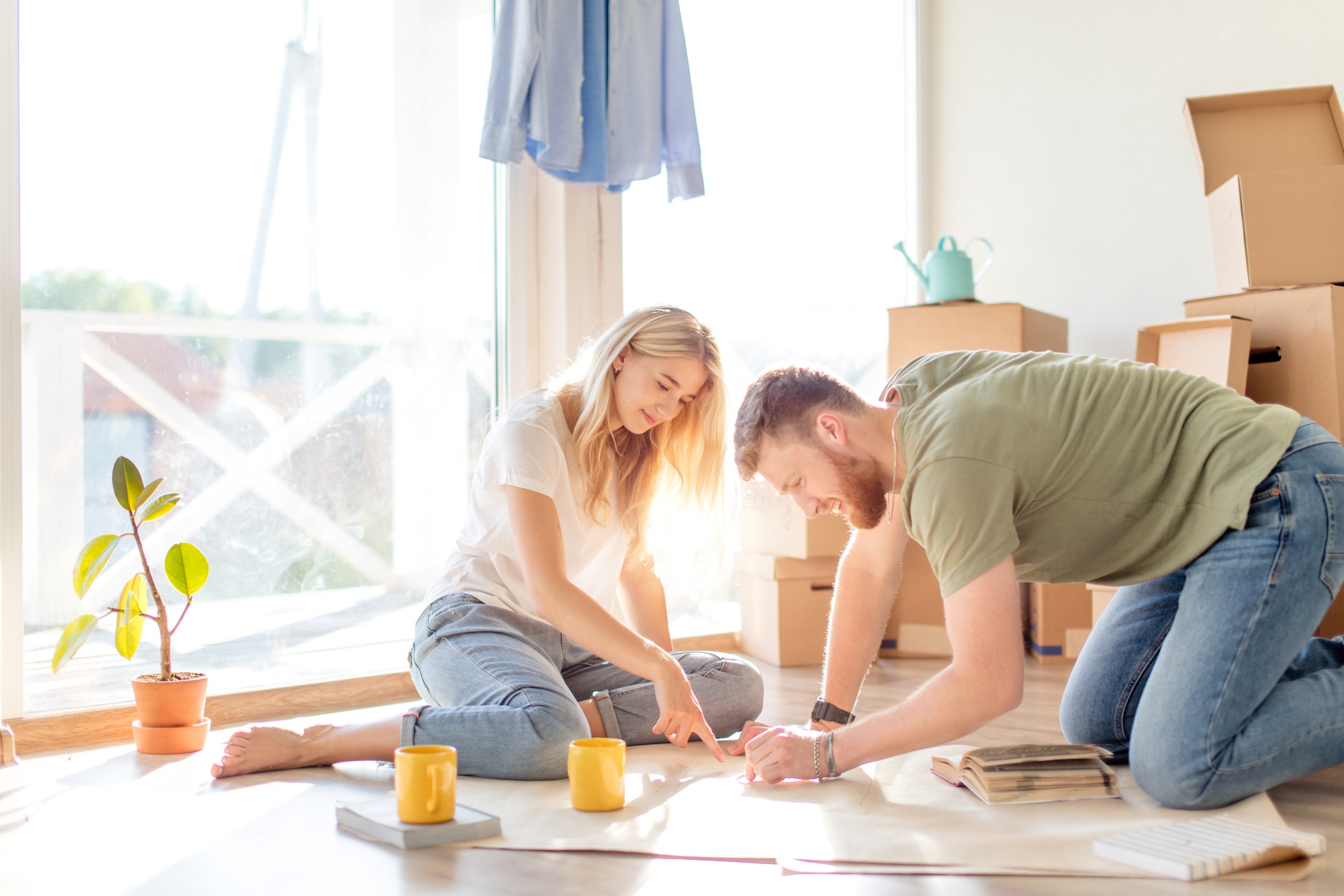
123rf
While it’s fun to explore the latest trends, it’s wise to consider how they’ll fit into your life in the long run. The key to a regret-free home makeover is balance, mixing trendy with timeless, bold with understated. By choosing adaptable, practical improvements, you ensure that your home remains both modern and functional, no matter the passing fads. Remember, the best trend is the one that makes you happy and serves your lifestyle for years to come.
